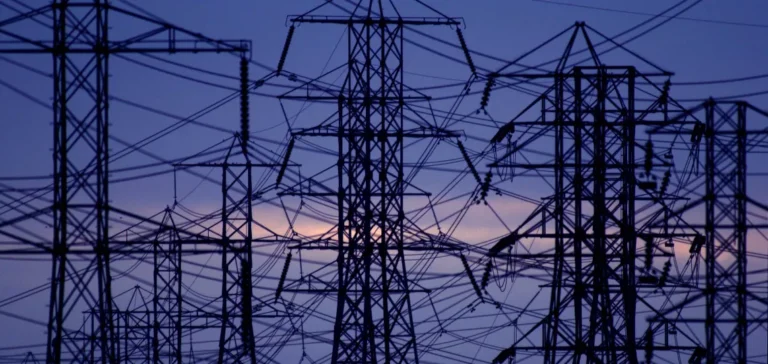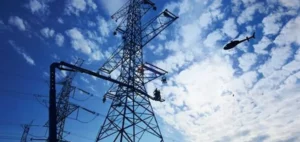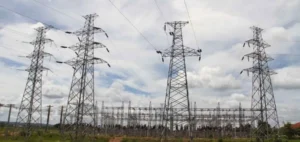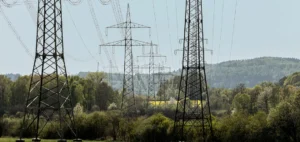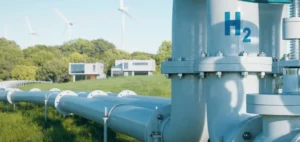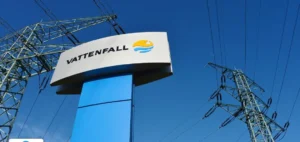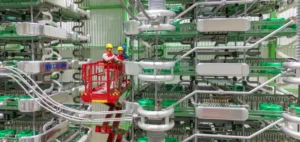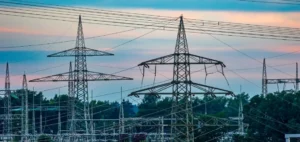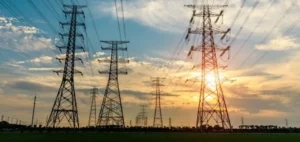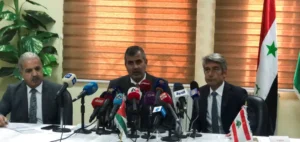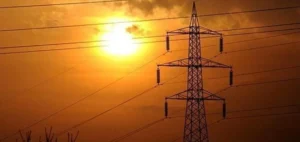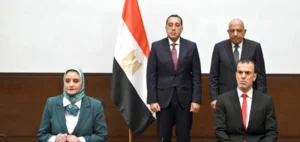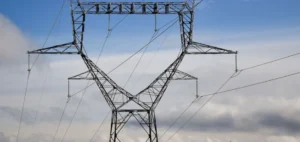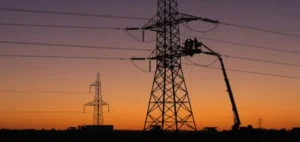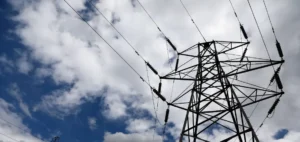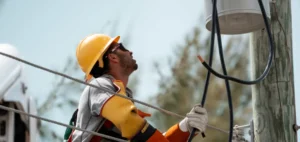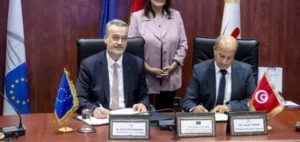The Abu Dhabi Fund for Development (ADFD) and the Gulf Cooperation Council Interconnection Authority (GCCIA) have signed a financing agreement worth AED752 million ($205mn) aimed at expanding the shared electricity grid among Gulf Cooperation Council (GCC) member states. The project notably includes a double-circuit overhead high-voltage line of 400 kilovolts (kV), spanning 96 kilometres and linking the substations of Al Silaa in the United Arab Emirates and Salwa in Saudi Arabia. The agreement was signed by Mohammed Saif Al Suwaidi, Director-General of ADFD, and Eng. Ahmed Ali Al Ebrahim, CEO of GCCIA, at the Fund’s headquarters in Abu Dhabi. Several Emirati officials, including Eng. Sharif Salim Al Olama, Undersecretary at the UAE Ministry of Energy and Infrastructure, attended the signing.
Technical details of the project
The planned works include the expansion and modernisation of three strategic substations located at Gonan, Al Silaa, and Salwa. These facilities will be equipped with modern 400kV high-voltage equipment, including circuit breakers, reactors, and specific electrical gear designed for high-capacity electricity transmission. The project also includes the integration of advanced control and protection systems to ensure stability, efficiency, and safety of the regional grid. According to GCCIA, these improvements will allow a substantial increase in electricity transmission capacity and facilitate cross-border energy exchanges among member countries.
This electrical interconnection aligns with the United Arab Emirates’ 2050 energy strategy (UAE Energy Strategy 2050), focused on energy efficiency and sustainable economic development. GCCIA estimates that increasing transmission capacities will eventually facilitate the establishment of a unified regional electricity market in the Gulf. The authority anticipates this market could generate economic opportunities estimated at approximately $20bn over the next 15 years.
Regional interconnection projects
The GCCIA is currently undertaking other strategic initiatives, including electrical connections towards Kuwait, Oman, and a link with southern Iraq. Together, these various projects represent total investments exceeding $1bn. According to Ahmed Ali Al Ebrahim, CEO of GCCIA, these new developments mark a major step towards strengthening regional energy infrastructure across the Gulf.
For Mohammed Saif Al Suwaidi, Director-General of ADFD, this agreement concretely illustrates the priority given by concerned countries to regional integration. According to him, this new electrical interconnection will directly affect regional energy resilience and support the establishment of a unified electricity market among GCC members.
Expected economic impact
According to technical studies conducted prior to the project, strengthening the regional electricity grid is expected to generate significant economic benefits for GCC member states. The development of regional electricity interconnection thus constitutes a long-term strategic priority for concerned governments, keen to stimulate cross-border energy exchanges and economic flows.
GCCIA states that these investments in regional electricity interconnections will directly contribute to enhancing operational efficiency of the electricity grid across the Gulf region. Anticipated economic benefits from cross-border energy exchanges are among the main drivers behind these large-scale infrastructure projects.


